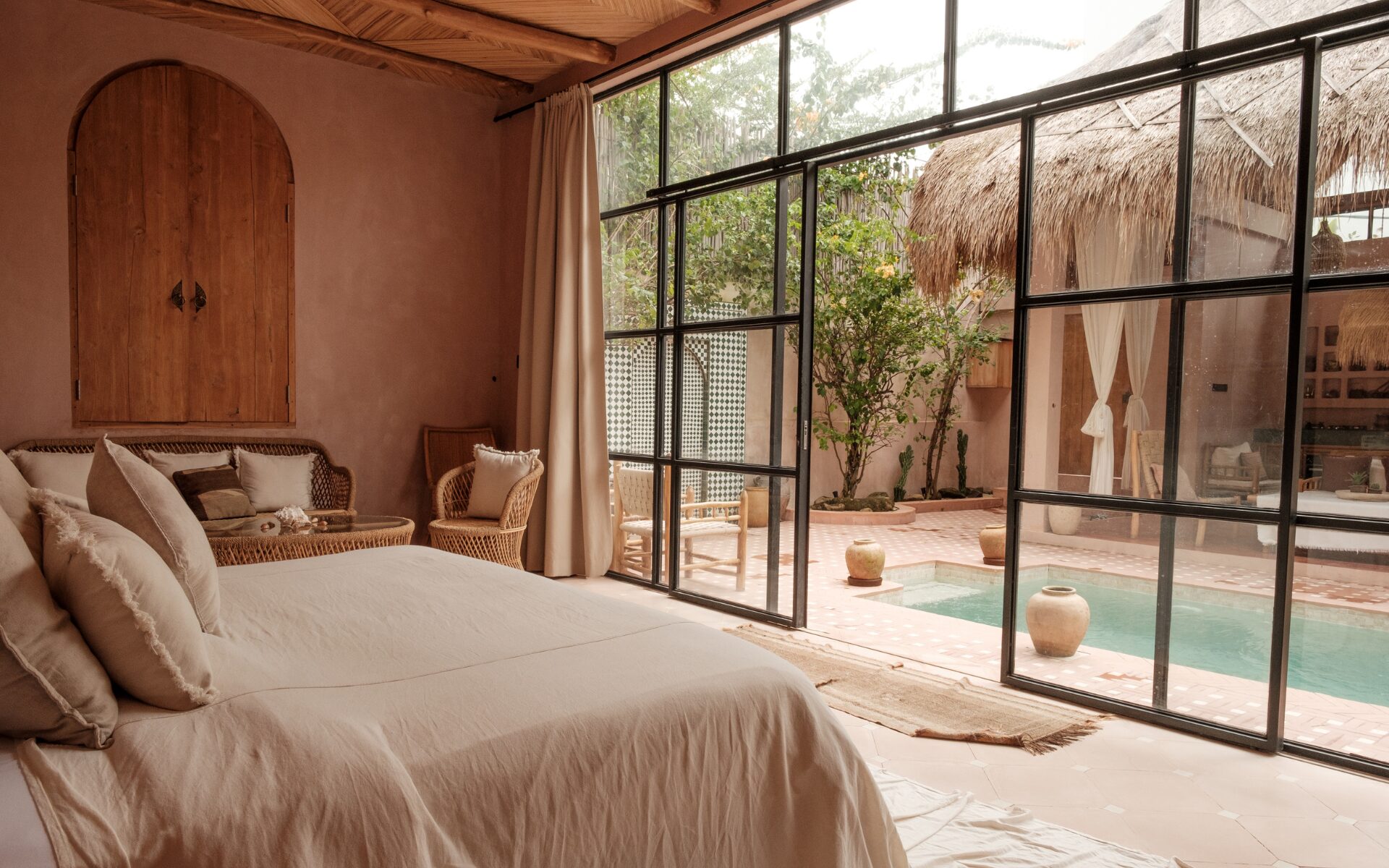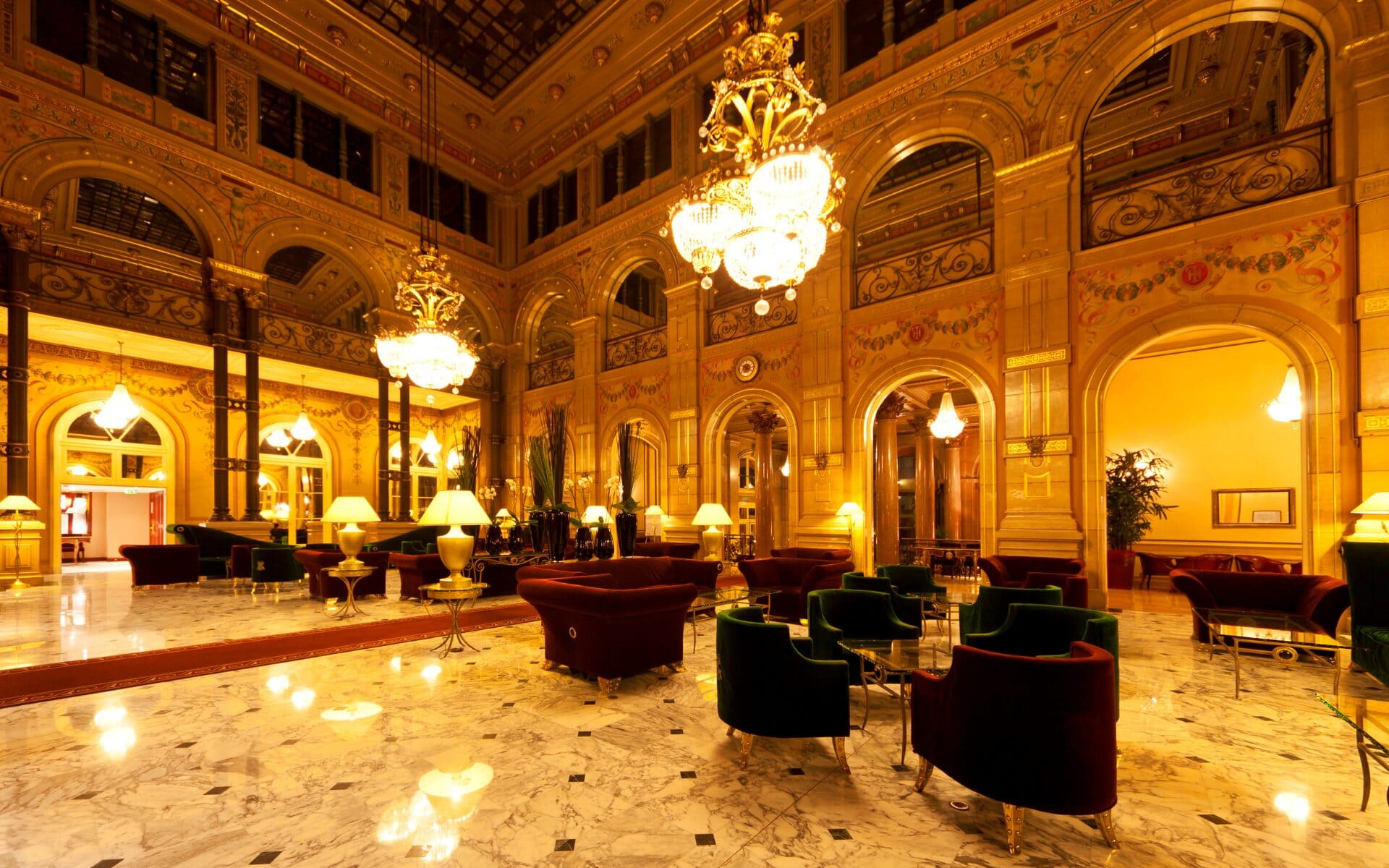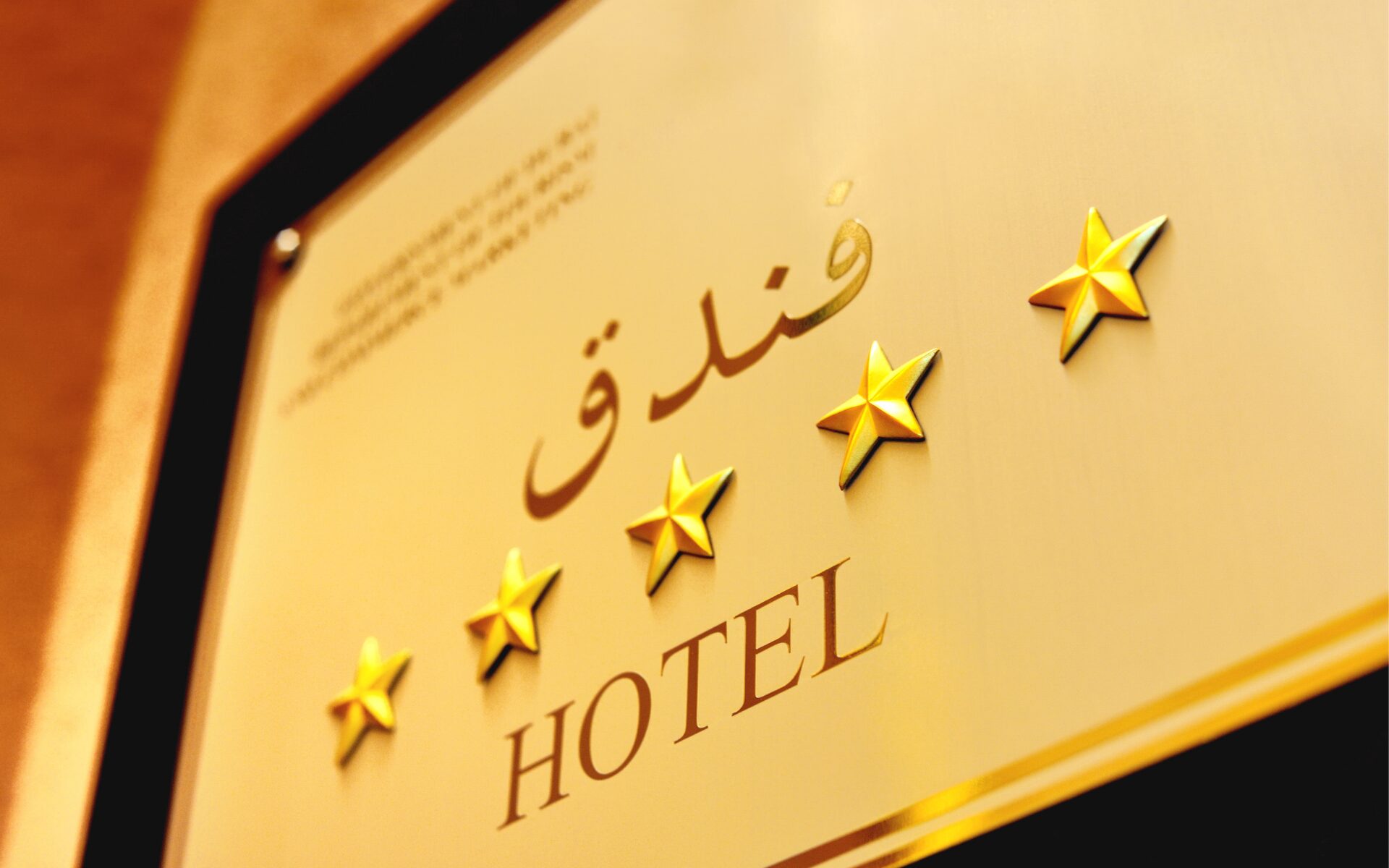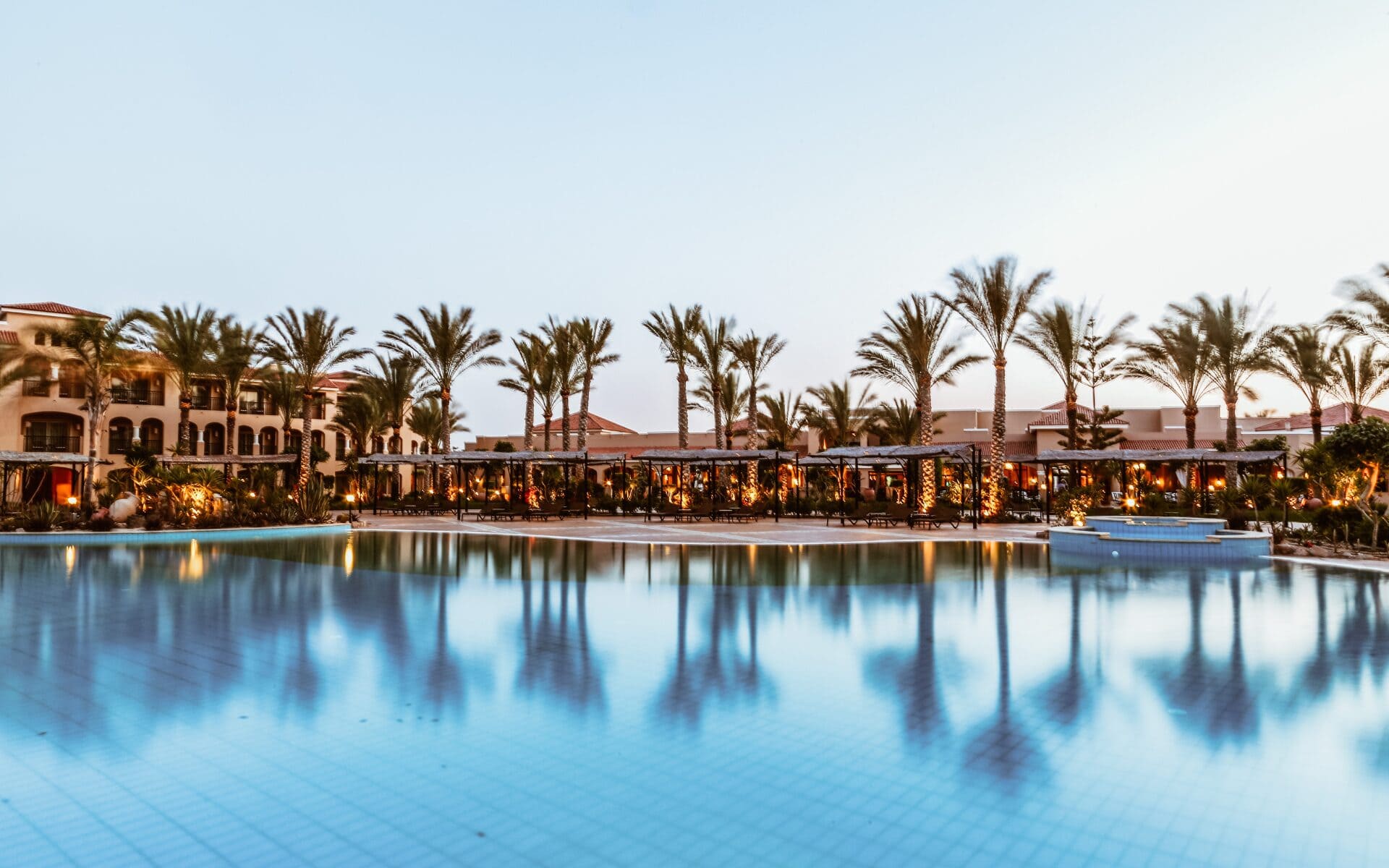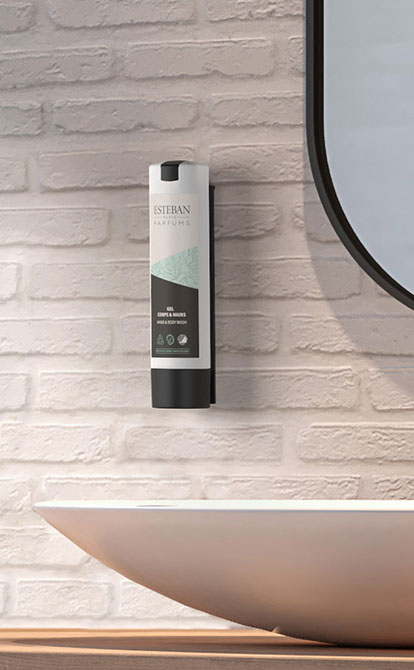Hotel Rating System Explained
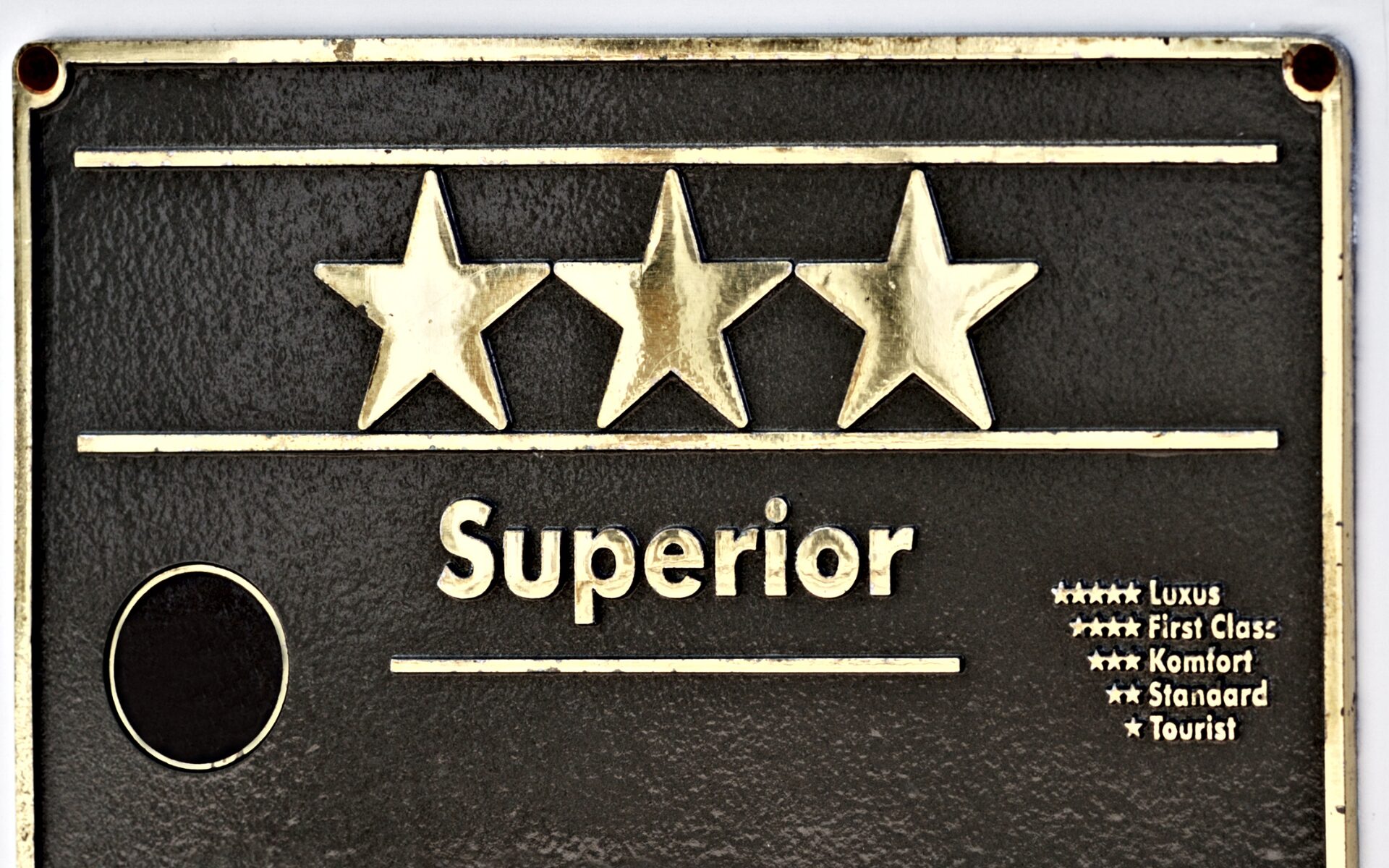
In today’s competitive hospitality industry, hotel ratings play a crucial role in shaping guest expectations and influencing booking decisions. The hotel star rating system is designed to provide a standardized way to assess a hotel’s quality, amenities, and services, ultimately helping travelers make informed choices. For hoteliers, understanding these classifications is essential—not only to meet industry standards, but also to enhance their offerings and attract more guests.
But what exactly determines a hotel’s star rating, and how can you optimize your property to achieve a higher classification? In this guide, we’ll break down the rating criteria, explore key upgrades that can influence these criteria, and show how the right amenities, such as premium in-room products, can elevate the guest experience. Continue reading to learn how your hotel can stand out in the competitive market.



